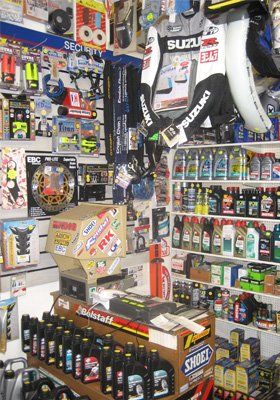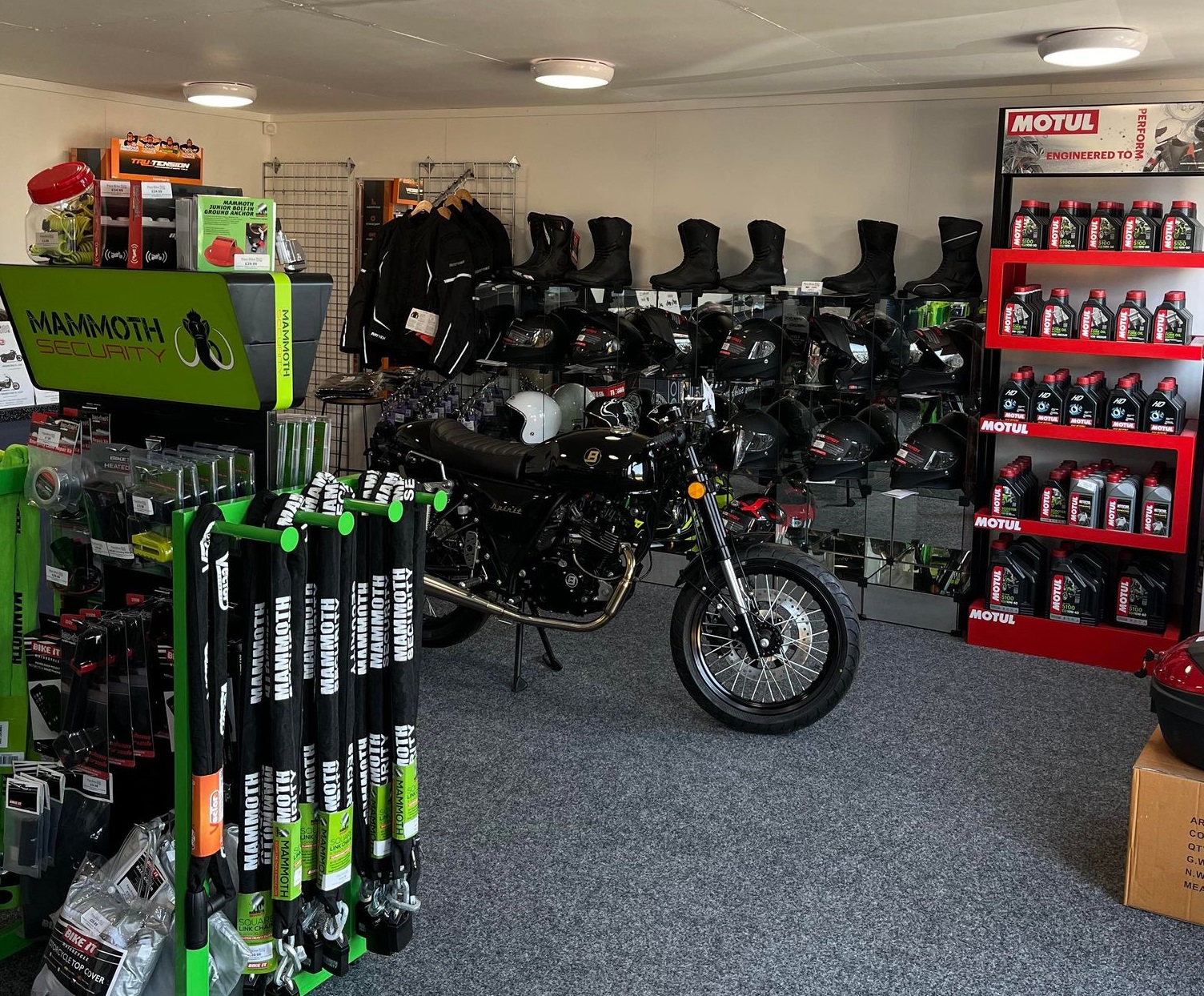Understanding Bike Gears: Just How to Maximize Your Riding Experience
In the realm of motorcycling, mastering the art of gear manipulation is important for enhancing your riding performance. Correctly understanding and making use of motorcycle equipments can dramatically affect acceleration, gas, and control efficiency, changing a typical ride right into a seamless, thrilling trip. By incorporating accurate change timing and adapting equipment choice to various roadway conditions, motorcyclists can make sure optimal engine efficiency and safety. The subtleties of clutch control, throttle coordination, and equipment mechanics bid a much deeper expedition, assuring to unlock the complete capacity of your equipment. Exactly how can these strategies be taken advantage of to truly maximize your riding experience?
Comprehending Equipment Mechanics
How do the ins and outs of equipment auto mechanics affect motorbike efficiency? At the core of bike characteristics, equipment technicians play a crucial duty in transforming engine power right into activity, inevitably dictating speed and control. Gears, carefully crafted elements, allow bikers to optimize torque and speed, ensuring a smooth change with different terrains and velocities. The gear proportions, meticulously made, establish the connection between engine changes and wheel turns, influencing velocity and fuel efficiency.
Understanding equipment mechanics begins with recognizing the value of the gearbox, which houses multiple equipments of varying dimensions. These gears connect via a procedure referred to as meshing, where teeth of different gears engage to transmit power. The accuracy of this interaction is critical; any imbalance or damage can lead to ineffective power transfer, hindering efficiency. In addition, the plan and dimension of gears affect the motorcycle's capability to handle various lots and speeds.
Furthermore, the principle of gear moving is important to making the most of efficiency. Smooth and timely shifts make certain that the engine operates within its optimal power band, stopping unneeded strain and boosting durability (motocross parts nz). By comprehending these mechanical complexities, motorcyclists can attain an unified mix of power, control, and efficiency, raising their riding experience
Timing Your Changes
Change timing proficiency is crucial for optimizing motorcycle performance and boosting the riding experience. Effectively timed changes make certain that the engine runs within its optimum power band, which is crucial for maintaining control, achieving smooth velocity, and ensuring the durability of the bike. Motorcyclists need to establish an user-friendly feeling of when to move gears, which involves understanding the partnership in between engine transformations per minute (RPM) and speed.
To master change timing, pay very close attention to the engine's noise and feel, as these offer essential ideas concerning when to alter gears. When the engine approaches the upper array of its power band without getting to the redline, the excellent change point normally happens - motocross gear. Shifting also early can cause a lack of power, while changing as well late might create unnecessary engine pressure
Furthermore, roadway problems and riding design impact shift timing. In comparison, throughout highway riding, fewer changes at greater speeds can be much more proper.
Enhancing Fuel Effectiveness
While grasping bike gears is vital for efficiency, enhancing fuel effectiveness is similarly vital for both economic and environmental factors. Optimum fuel consumption not only minimizes functional prices however additionally reduces the ecological footprint of riding. To accomplish this, one have to recognize the complex connection in between gear option and engine performance.
First of all, picking the right gear at suitable speeds can substantially influence gas intake. Riding in a greater equipment at reduced rates can result in engine carrying, which is damaging to both fuel economic climate and engine health and wellness. On the other hand, riding in lower gears at high speeds results in unnecessary fuel intake. Hence, preserving an ideal balance by shifting gears in placement with road problems and prepared for maneuvers is crucial.
Additionally, normal maintenance plays a critical role in gas effectiveness. Guaranteeing that the motorcycle is well-tuned, with additional resources tidy air filters and appropriately pumped up tires, can enhance the rules of aerodynamics and decrease fuel wastefulness. Moreover, embracing a riding design that accepts gradual acceleration and smooth deceleration can add to much better gas economic climate.

Methods for Smooth Transitions
Achieving smooth equipment transitions is basic to enhancing the riding experience and making certain the durability of a bike's transmission system. Proper equipment shifting not just adds to a seamless experience yet likewise decreases wear and tear on the mechanical parts. To master the art of smooth shifts, cyclists should concentrate on a couple of key methods.

Secondly, clutch control plays an essential role. Engaging and disengaging the clutch efficiently calls for technique. The clutch lever should be released slowly, enabling for a smooth transfer of power from the engine to the wheels click this site without creating a shock or sudden motion.

Adjusting to Road Conditions
Navigating varied roadway problems is an important ability for any type of motorcyclist aiming to maintain control and safety. Whether you're riding on damp surface areas, gravel roads, or navigating doglegs, your capability to adapt your gear use and this website riding strategy is vital. Comprehending exactly how to adjust your equipments properly can substantially impact grip and security, guaranteeing a safer trip.
In contrast, when riding on crushed rock or uneven surface, lower equipments are more suitable. Reduced gears give much better control and permit you to respond even more swiftly to unanticipated changes in the roadway surface area.
Sharp curves require accurate equipment administration to balance speed and control. Downshifting before getting in a curve can assist maintain momentum while making certain the motorcycle stays stable throughout the turn. Consistent practice in diverse problems boosts your ability to anticipate and react to adjustments in road structure and slope.
Conclusion
Grasping bike gears considerably improves the riding experience by boosting fuel, control, and acceleration effectiveness. A thorough understanding of gear mechanics and exact change timing makes certain the engine runs within its optimal power band, while smooth transitions through efficient clutch and throttle sychronisation boost convenience and efficiency. Adapting gear selection to numerous roadway problems, such as making use of greater equipments on damp surface areas and reduced equipments on crushed rock, more boosts handling and safety. Ultimately, these skills elevate the overall trip.
Recognizing gear mechanics starts with identifying the relevance of the gearbox, which houses multiple equipments of differing sizes. These equipments engage with a process recognized as meshing, where teeth of various gears involve to send power (motorcycle shop). Mild modifications to the throttle during equipment shifts can prevent jerky activities and preserve a regular riding speed
Whether you're riding on wet surface areas, gravel roadways, or navigating sharp turns, your capability to adapt your equipment usage and riding strategy is vital. Adapting equipment selection to numerous road problems, such as using greater gears on damp surfaces and lower equipments on gravel, more enhances handling and safety and security.
Comments on “Your Best Motorbike Shop for Quality Parts and Accessories”